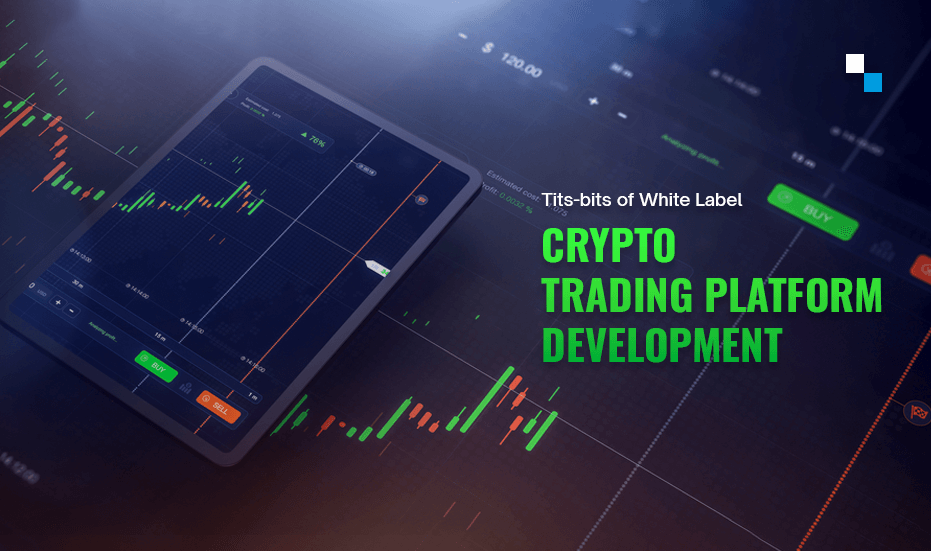Ethereum fees, or “gas fees,” can be expensive because the network is often congested due to high demand for its decentralized applications (dApps) and smart contracts.
When there is a high demand for network resources, users are willing to pay higher fees to have their transactions processed quickly. world coin stats provides an easy-to-use interface that enables users to quickly compare fees from different wallets and exchanges.
Table of Contents
What is gas in Ethereum?
Ethereum uses the term Gas to refer to the computing resources required to complete an operation, such as transferring tokens, issuing new assets, deploying, and interacting with smart contracts. Their volume is calculated in “gas”.
The price of gas is indicated in Gwei, which is the designation for a small part of the Ethereum coin, equal to 0.00000001 ETH.
The gas limit is the number of computing resources needed to complete a transaction, like exchanging an asset in Defi or transferring USDT ERC-20. It can be likened to the amount of gasoline needed to travel from one point to another.
The transaction cost is calculated by multiplying the gas limit required for a transaction by its cost in Gwei. For example, if a transaction requires 21,000 units of gas and each unit costs 14 Gwei, the transaction fee will be 0.000294 ETH.
Ethereum is still the most popular blockchain protocol, but its performance has not improved since 2015 and is being outpaced by newer projects like Polkadot, Solana, and Algorand.
How have fees changed on the Ethereum network since The Merge?
Ethereum has switched to a Proof-of-Stake consensus algorithm, but the fees for transactions remain the same. The only possible difference is a shorter time between blocks.
The Merge has been activated on the Ethereum blockchain, resulting in a 20% speed increase and a slight reduction in network load by reducing block creation time from 14-15 seconds to 12 seconds.
The first update after The Merge, aimed at lowering fees by changing settlement mechanisms at the underlying blockchain level, is expected in the second half of 2023 as part of the Shanghai hard fork.
Further upgrades involve the implementation of sharding and the expansion of the use of rollups. According to Vitalik Buterin, this can increase network throughput to 100,000 per second, while reducing transaction fees on the Ethereum network.
Second level solutions
Ethereum has high commissions and no plans to reduce them, however, there are second-layer protocols that can be used to reduce the cost of transfers.
Second-level solutions for Ethereum work on the basis of the Rollups technology, transactions in them take place outside the main Ethereum network. They are combined into large groups and only then are confirmed at the “basic” level, that is, in the Ethereum blockchain.
Other Ways to Reduce Ethereum Fees
The Ethereum price service suggests that the best time to make a transfer is on Mondays in the first half of the day when there is less network congestion.
Transaction simulation. Before sending a transaction, evaluate its real value with helper services like Tenderly, and Defi Saver that simulate your transactions.
Using alternative blockchains such as BNB Chain, Matic (Polygon PoS), or Fantom may be beneficial due to their lower transaction fees and faster transfer speeds compared to Ethereum.
A balancer app can be used to reduce fees by combining multiple user transactions, and some DeFi projects offer incentives for transactions with Ethereum-based assets.
Visit TheInspireSpy












